Refine search
Actions for selected content:
13588 results in History of science and technology
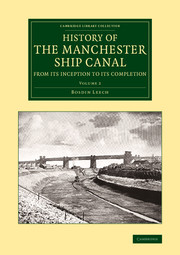
History of the Manchester Ship Canal from its Inception to its Completion
- With Personal Reminiscences
-
- Published online:
- 05 November 2014
- Print publication:
- 24 April 2014
- First published in:
- 1907
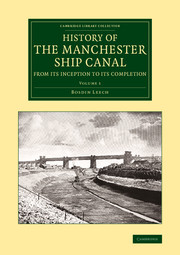
History of the Manchester Ship Canal from its Inception to its Completion
- With Personal Reminiscences
-
- Published online:
- 05 November 2014
- Print publication:
- 24 April 2014
- First published in:
- 1907
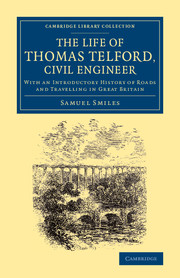
The Life of Thomas Telford, Civil Engineer
- With an Introductory History of Roads and Travelling in Great Britain
-
- Published online:
- 05 November 2014
- Print publication:
- 17 July 2014

The International Exhibition of 1862
- The Illustrated Catalogue of the Industrial Department
-
- Published online:
- 05 November 2014
- Print publication:
- 17 April 2014
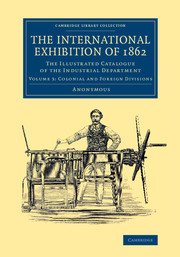
The International Exhibition of 1862
- The Illustrated Catalogue of the Industrial Department
-
- Published online:
- 05 November 2014
- Print publication:
- 17 April 2014
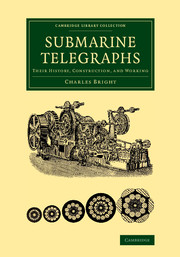
Submarine Telegraphs
- Their History, Construction, and Working
-
- Published online:
- 05 November 2014
- Print publication:
- 20 March 2014
Sinanthropus in Britain: human origins and international science, 1920–1939
-
- Journal:
- The British Journal for the History of Science / Volume 48 / Issue 2 / June 2015
- Published online by Cambridge University Press:
- 03 November 2014, pp. 289-319
- Print publication:
- June 2015
-
- Article
- Export citation
The Arabic original of (ps.) Māshā'allāh's Liber de orbe: its date and authorship
-
- Journal:
- The British Journal for the History of Science / Volume 48 / Issue 2 / June 2015
- Published online by Cambridge University Press:
- 30 October 2014, pp. 321-352
- Print publication:
- June 2015
-
- Article
- Export citation
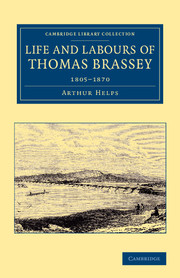
Life and Labours of Thomas Brassey
- 1805–1870
-
- Published online:
- 05 October 2014
- Print publication:
- 02 January 2014
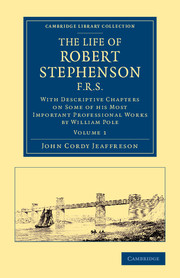
The Life of Robert Stephenson, F.R.S.
- With Descriptive Chapters on Some of his Most Important Professional Works
-
- Published online:
- 05 October 2014
- Print publication:
- 20 March 2014
- First published in:
- 1864
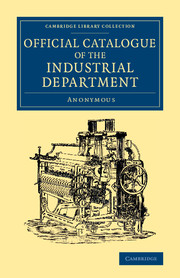
Official Catalogue of the Industrial Department
-
- Published online:
- 05 October 2014
- Print publication:
- 31 October 2013
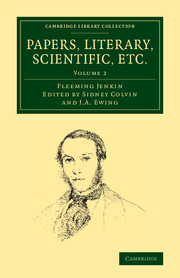
Papers, Literary, Scientific, Etc.
-
- Published online:
- 05 October 2014
- Print publication:
- 02 January 2014

A Compendium of British Mining
- With Statistical Notices of the Principal Mines in Cornwall
-
- Published online:
- 05 October 2014
- Print publication:
- 21 November 2013
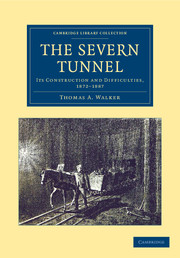
The Severn Tunnel
- Its Construction and Difficulties, 1872–1887
-
- Published online:
- 05 October 2014
- Print publication:
- 27 June 2013

Biometric State
- The Global Politics of Identification and Surveillance in South Africa, 1850 to the Present
-
- Published online:
- 05 October 2014
- Print publication:
- 02 October 2014

The Life of Sir William Crookes, O.M., F.R.S.
-
- Published online:
- 05 October 2014
- Print publication:
- 13 June 2013
- First published in:
- 1923
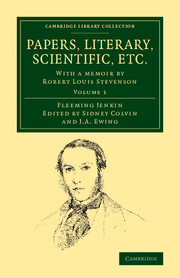
Papers, Literary, Scientific, Etc.
-
- Published online:
- 05 October 2014
- Print publication:
- 02 January 2014

Memoir of the Life of Sir Marc Isambard Brunel
-
- Published online:
- 05 October 2014
- Print publication:
- 22 August 2013
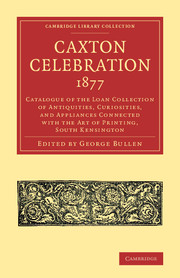
Caxton Celebration, 1877
- Catalogue of the Loan Collection of Antiquities, Curiosities, and Appliances Connected with the Art of Printing, South Kensington
-
- Published online:
- 05 October 2014
- Print publication:
- 17 April 2014
- First published in:
- 1877
Index
-
- Book:
- Biometric State
- Published online:
- 05 October 2014
- Print publication:
- 02 October 2014, pp 249-252
-
- Chapter
- Export citation
